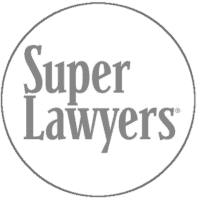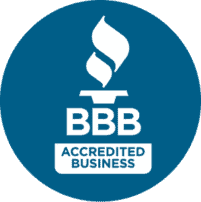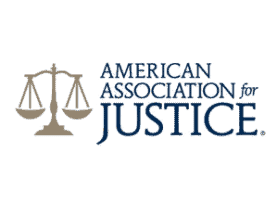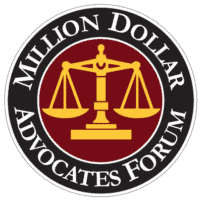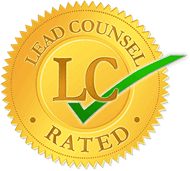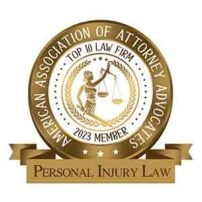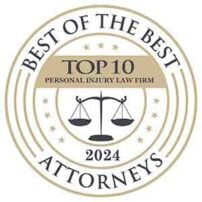Online shopping may be putting brick-and-mortar stores out of business all over the country, but setting up shop in the retail capital of America remains as lucrative as ever. New York City is always going to have the foot traffic to support companies that know how to compete in today’s marketplace.
Of course, just because businesses in New York have access to a huge, vastly diverse customer base does not mean it’s easy to succeed in the city that never sleeps. Earnest competition and costly overhead are two of the biggest challenges facing business owners in the city; however, neither has the potential to threaten the success of a company as much as a serious lawsuit does.
Foot traffic can help a new business get off the ground, but for every customer who enters the premises, there is the risk of a slip and fall accident. According to the National Floor Safety Institute, slip and falls account for more than 1 million emergency department visits annually.
If you were hurt while shopping or conducting business on a commercial property, contact the slip and fall attorneys at The Law Office of Richard M. Kenny. Since 2002, our firm has been helping accident victims recover compensation from reckless parties and negligent property owners. Call (646) 808-3785 to schedule a free case evaluation with a personal injury lawyer in New York City.
When Is a Business Liable for a Slip and Fall?
Virtually everyone stumbles on occasion, and in most cases, no one is liable. If you trip on a broken stair or slip on a wet floor, though, you may be able to hold the property owner financially accountable for any damages you incur.
In general, businesses are liable for slip and falls when negligence plays a role in the accident. Typically, that means some kind of dangerous condition contributed to the incident and the business owner:
- Created the condition;
- Knew the condition existed but failed to address it; or
- Failed to assess the property frequently or thoroughly enough to identify the condition and then repair it within a reasonable timeframe.
In some cases, the condition is not inherently or immediately dangerous but, rather, is in violation of a relevant statute or industry safety standard. For example, if there should be railings where there are none and someone eventually falls as a result, the business is likely liable for the damages.
How Do You Prove Liability for a Slip and Fall?
Proving fault following a slip and fall accident can be challenging. Even in cases where a dangerous condition clearly existed, the property owner may try to demonstrate how the plaintiff is at least partially liable. They might argue that:
- The dangerous condition should have been obvious to all who passed it;
- Reasonable measures were taken to warn passersby of the dangerous condition;
- The claimant was wearing inappropriate footwear for the environment; or
- The accident victim was not paying attention to his or her surroundings.
Regardless of the opposing party’s arguments, though, a seasoned personal injury lawyer can prove liability by gathering evidence that the business owner breached the duty of care owed to invitees and licensees. Such proof might include:
- Eyewitness testimony;
- Photographs of the scene;
- Maintenance logs; and
- Surveillance footage.
Call (646) 808-3785 to Speak with a Slip and Fall Lawyer in New York City
If you were hurt on the premises of a poorly maintained property, contact The Law Office of Richard M. Kenny. Our New York City injury attorneys have more than 100 combined years of experience in legal practice. Call (646) 808-3785 or fill out our Contact Form to schedule a free consultation.


